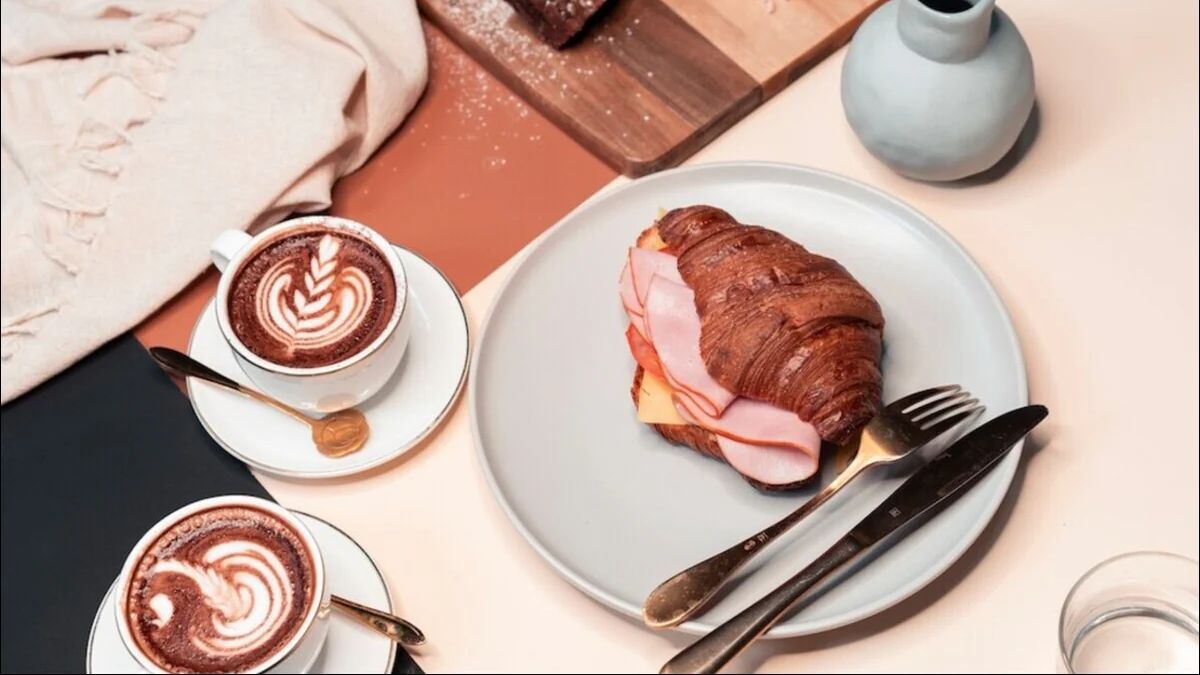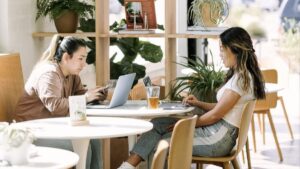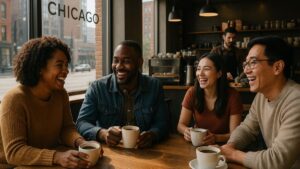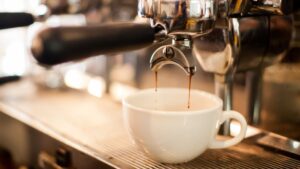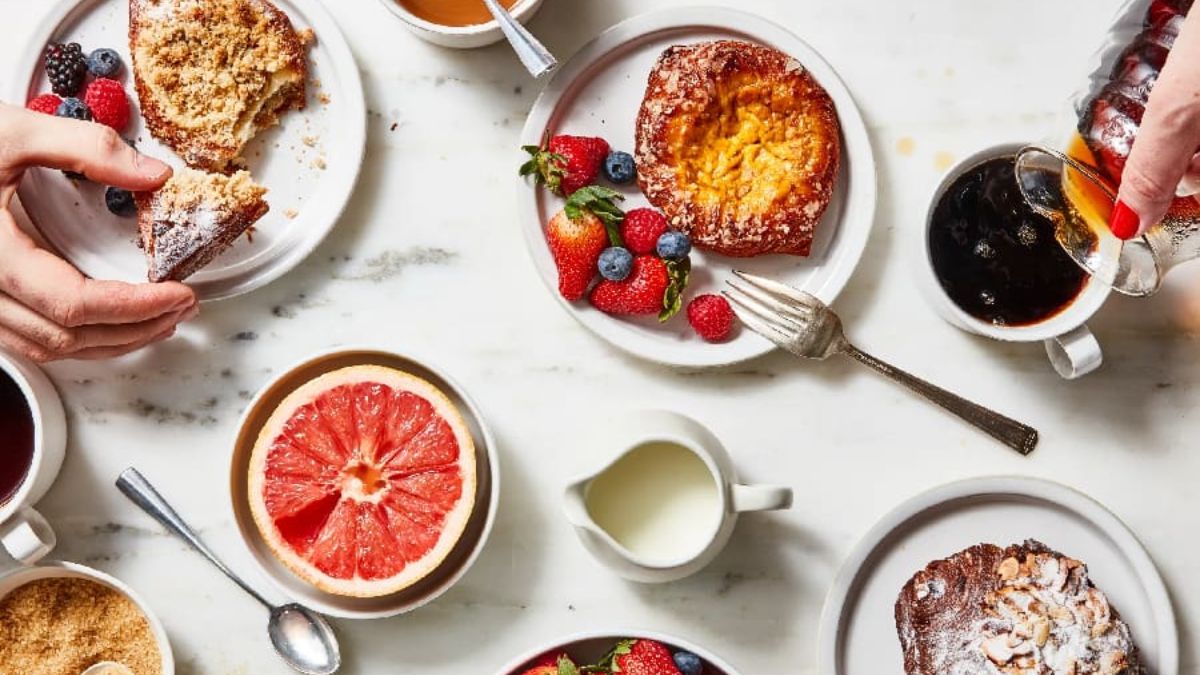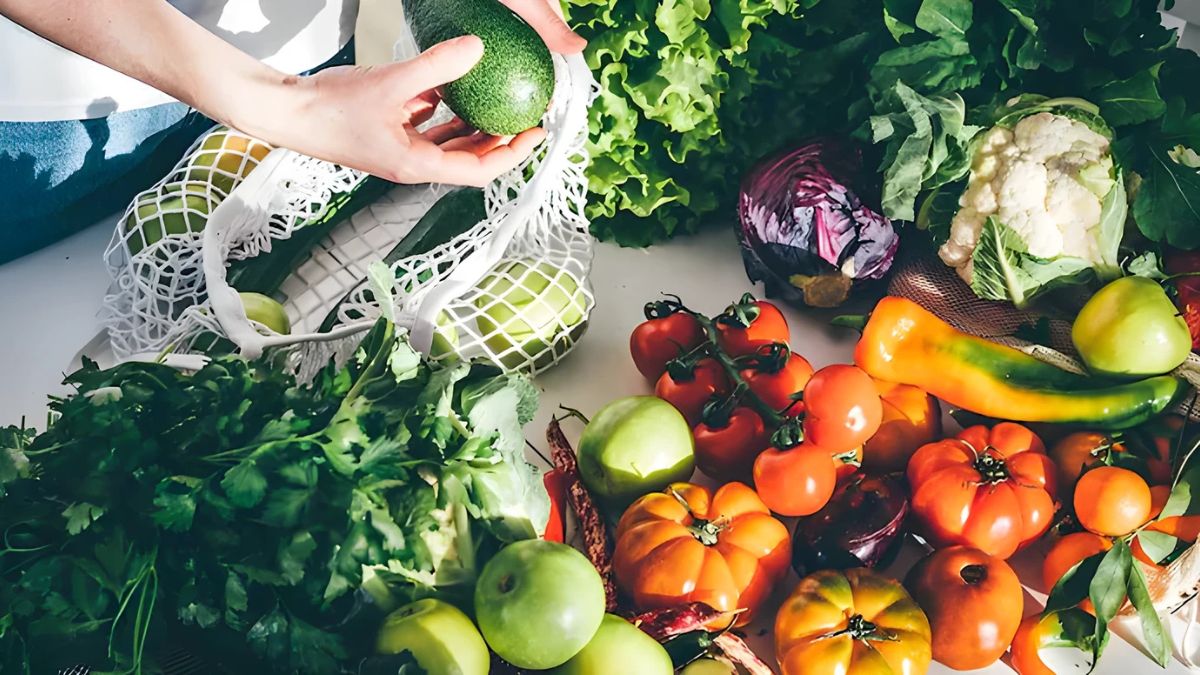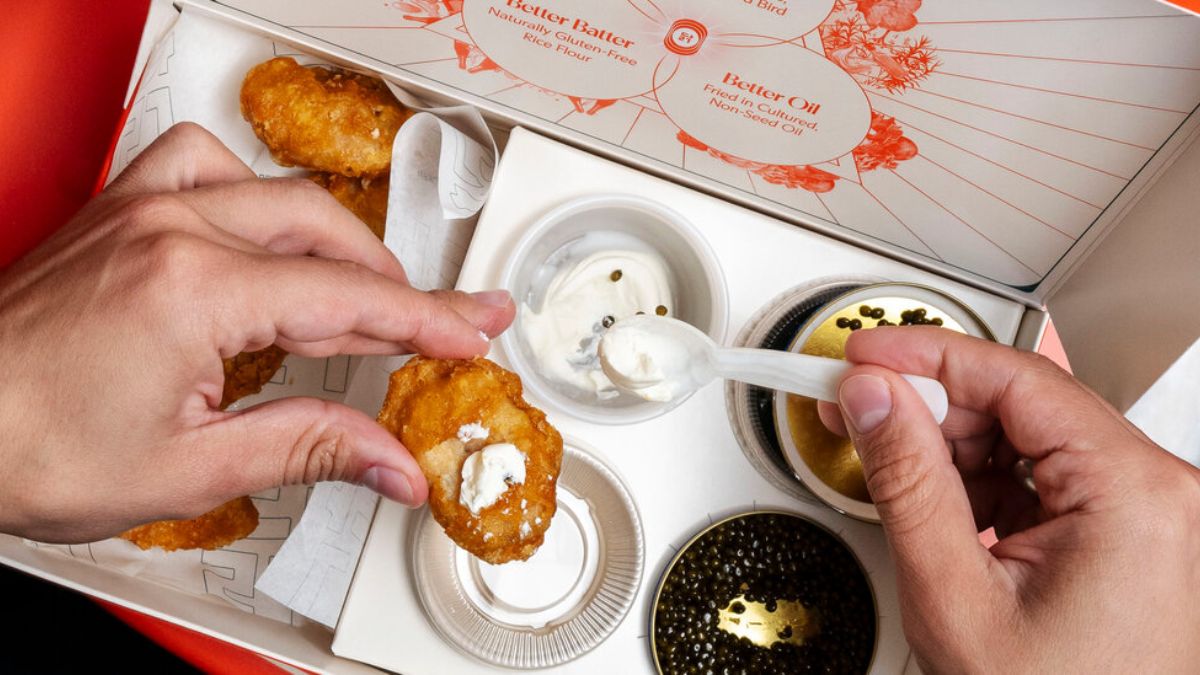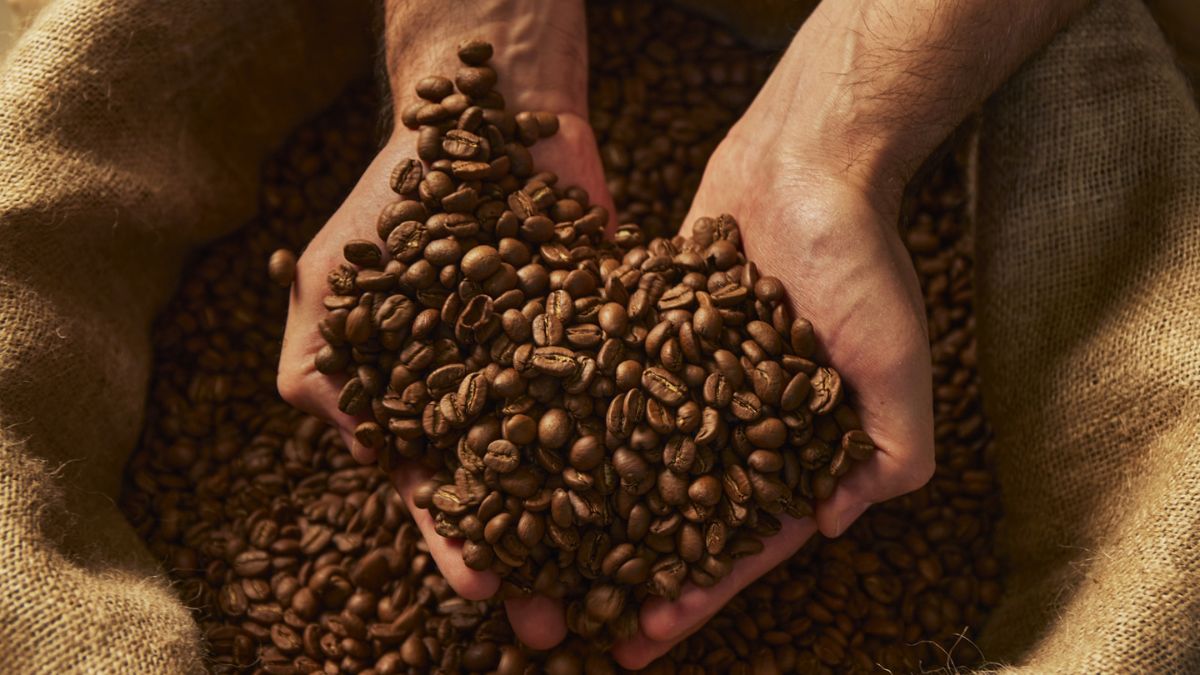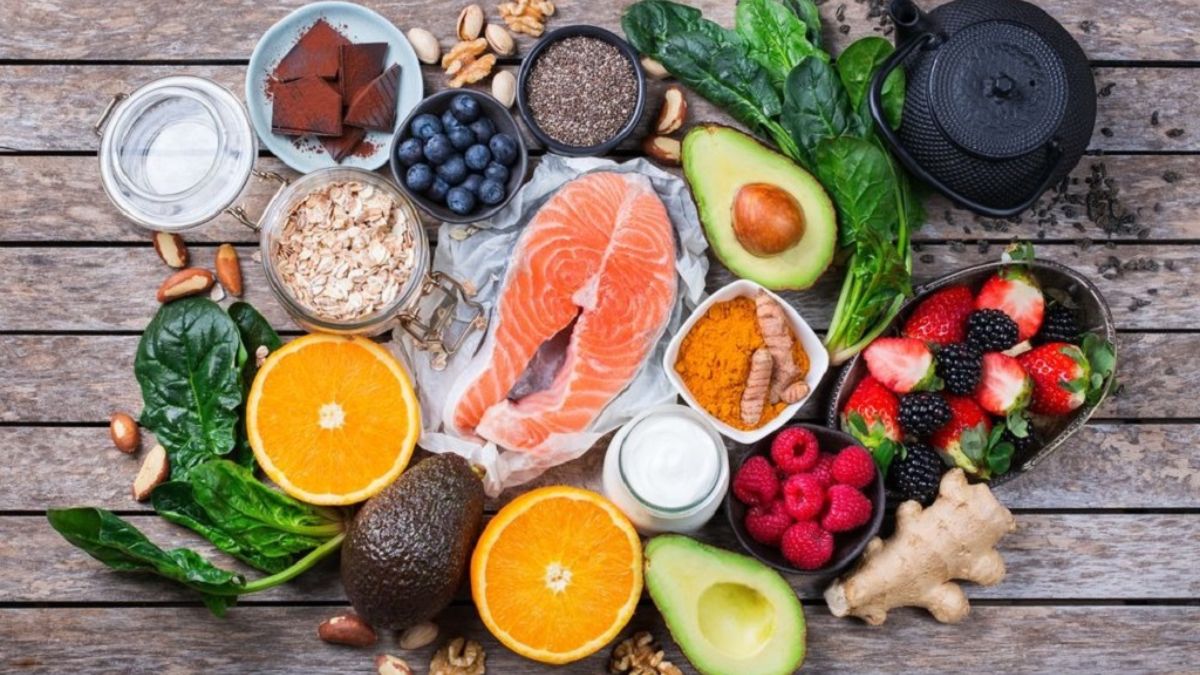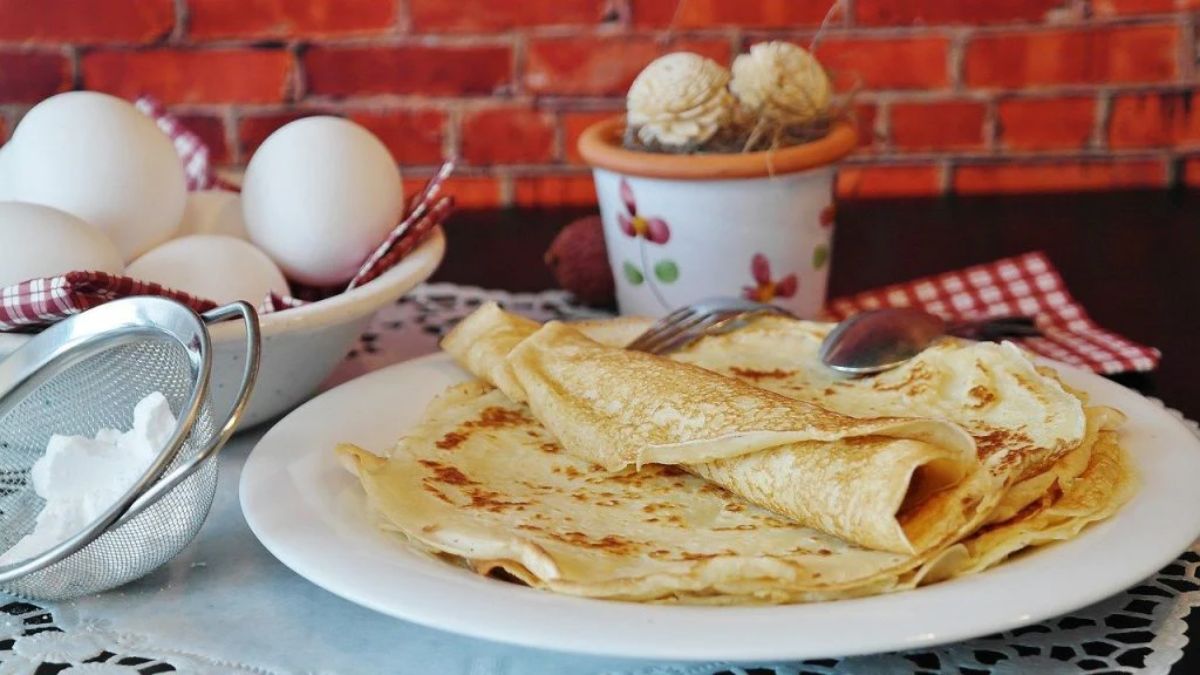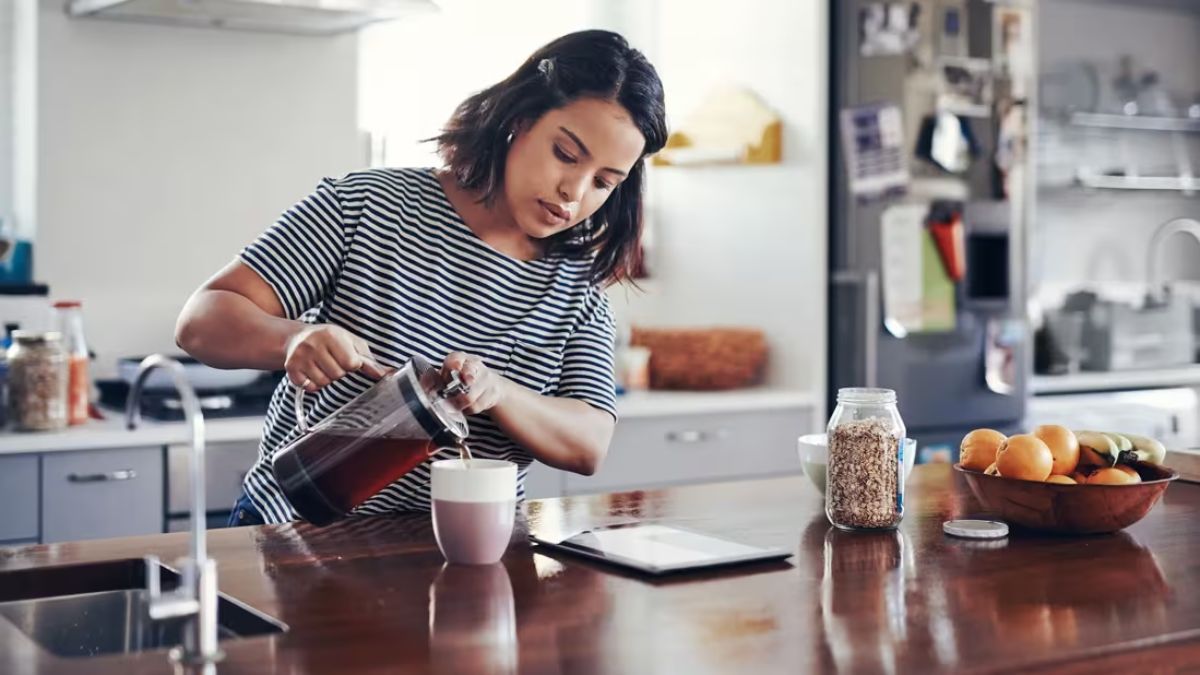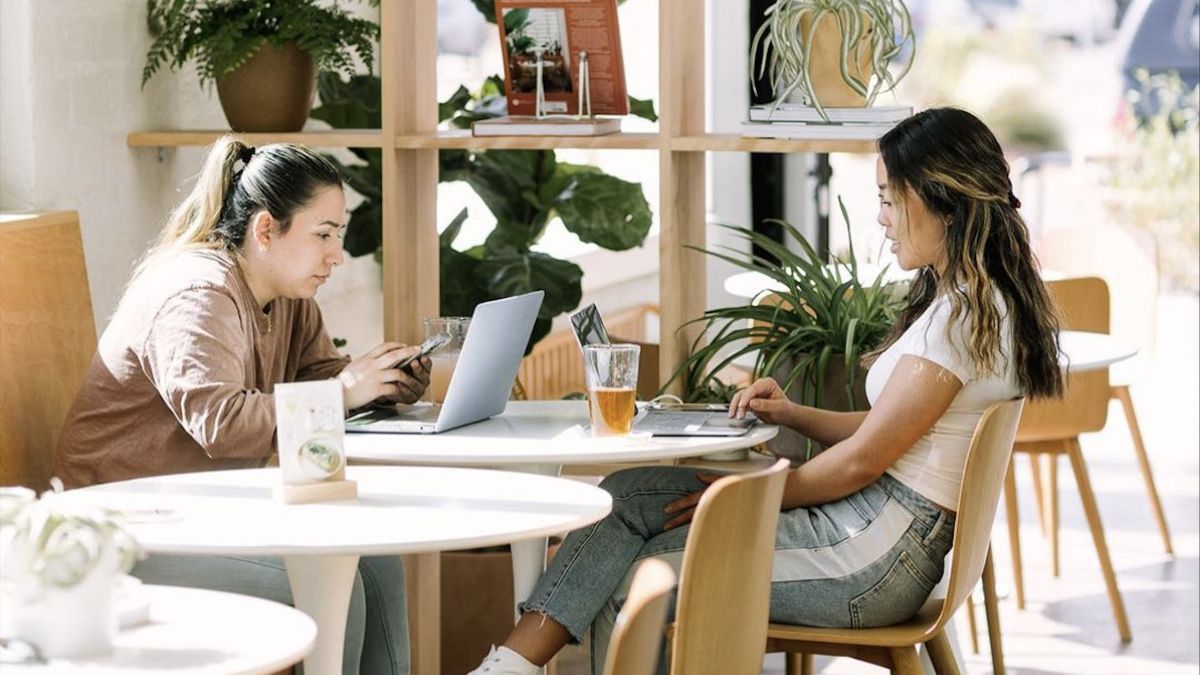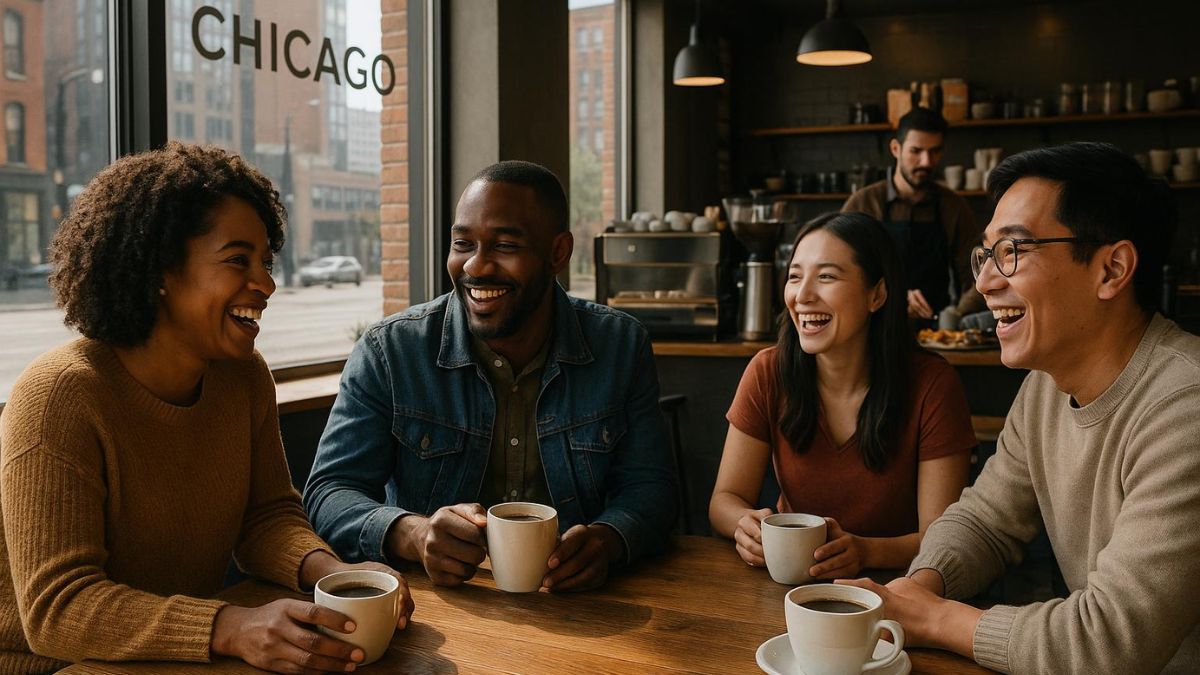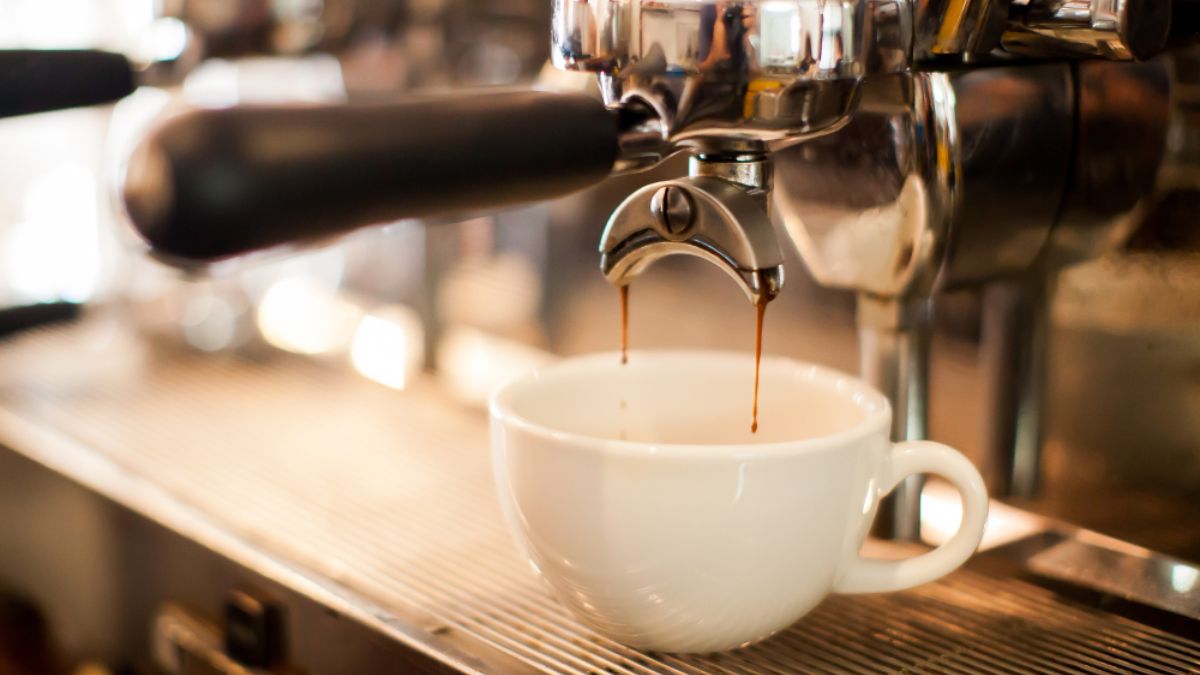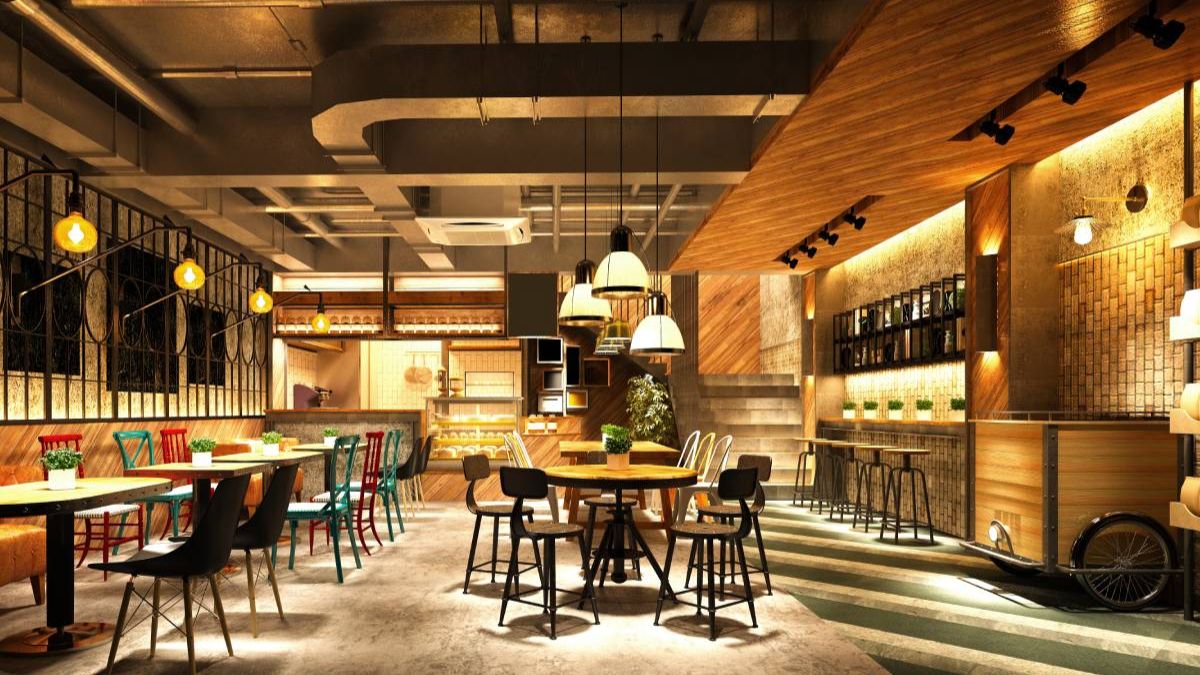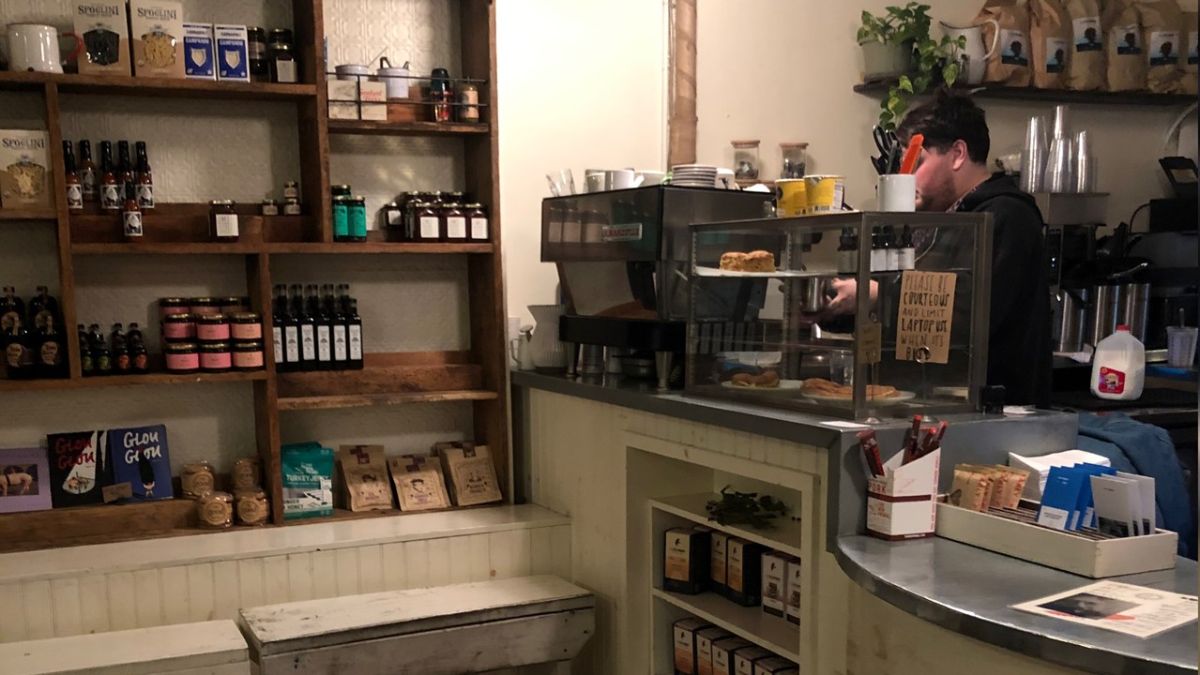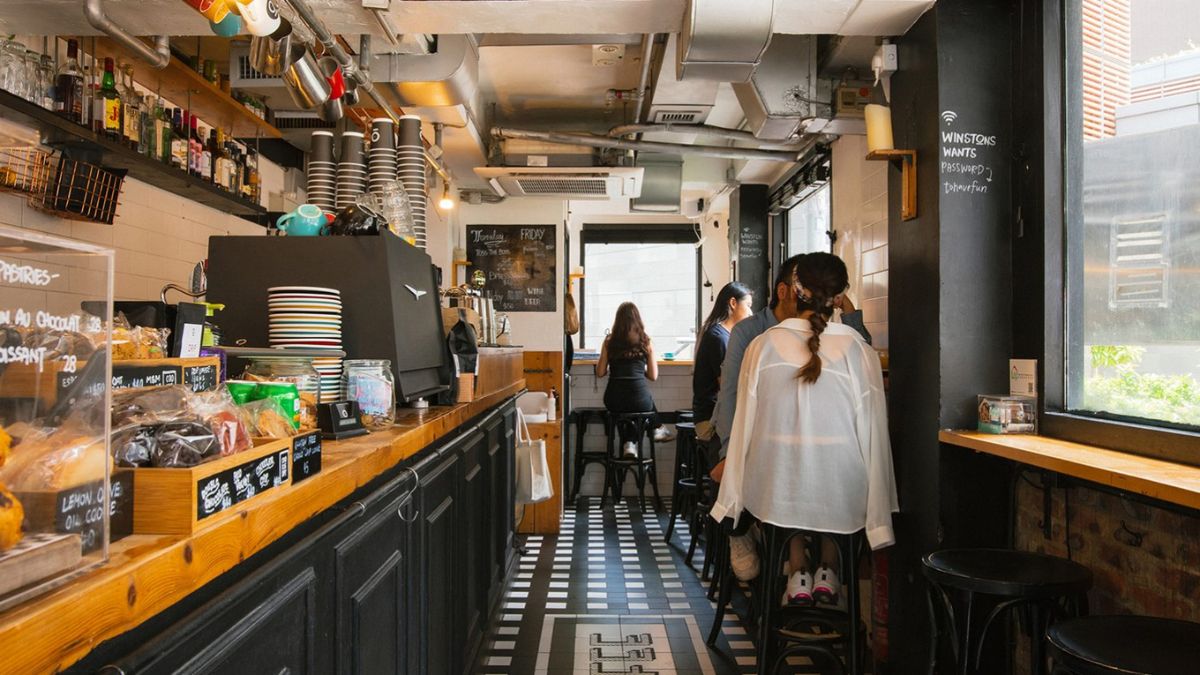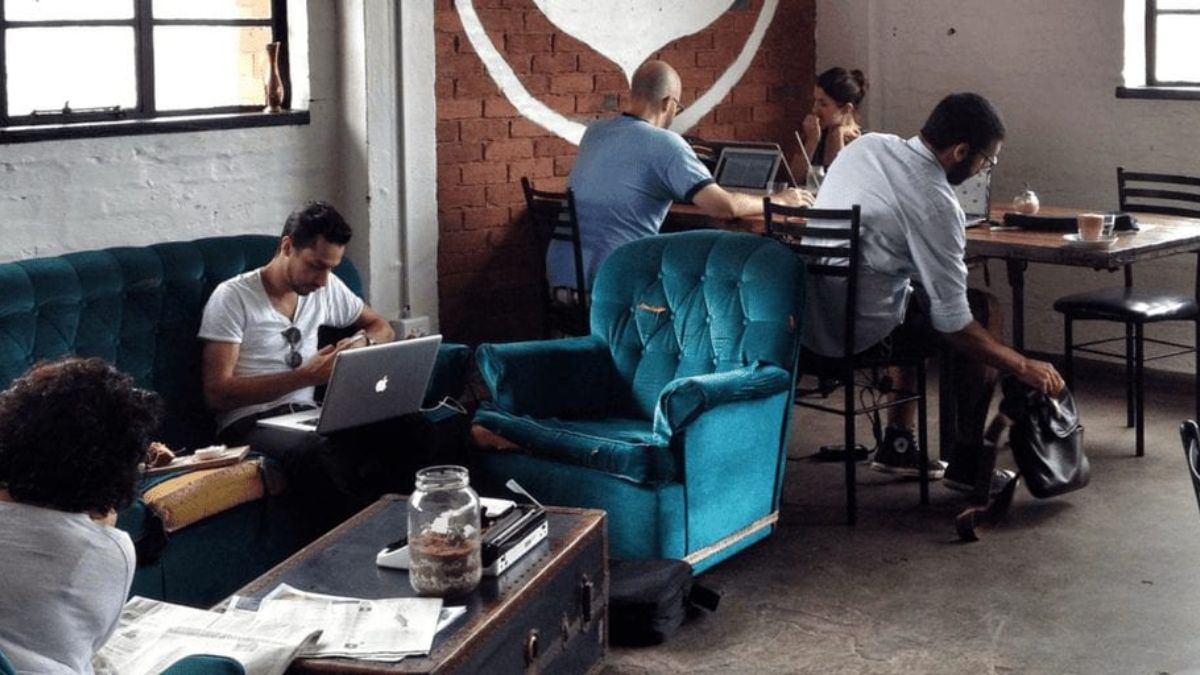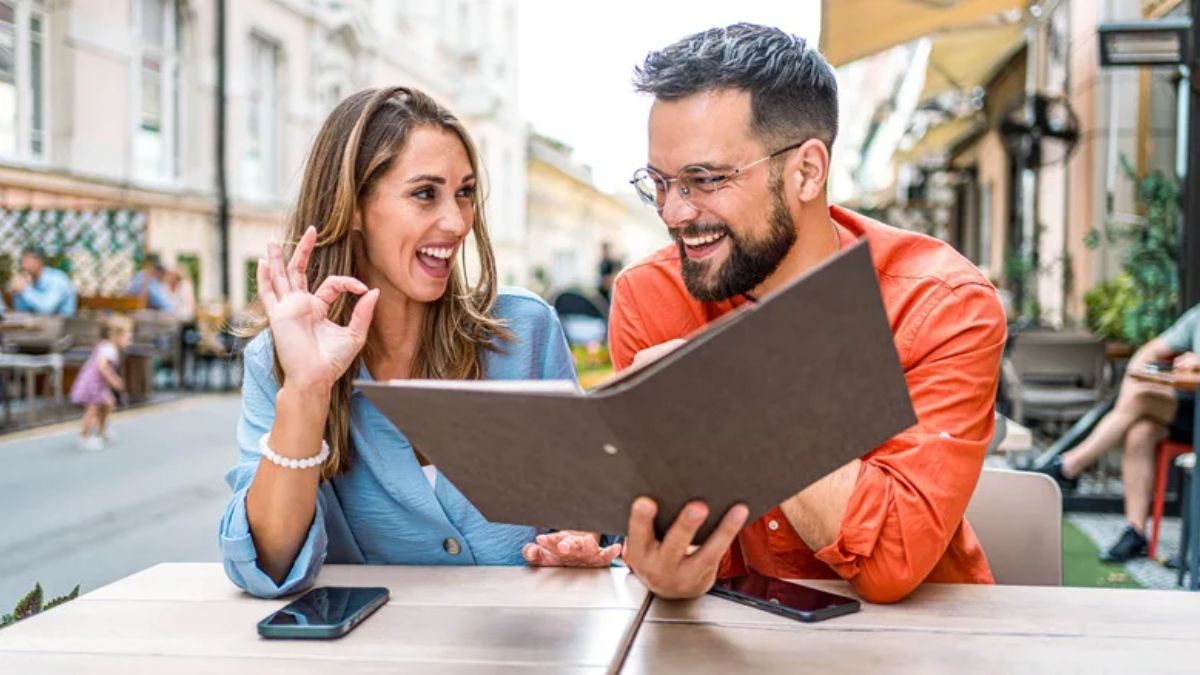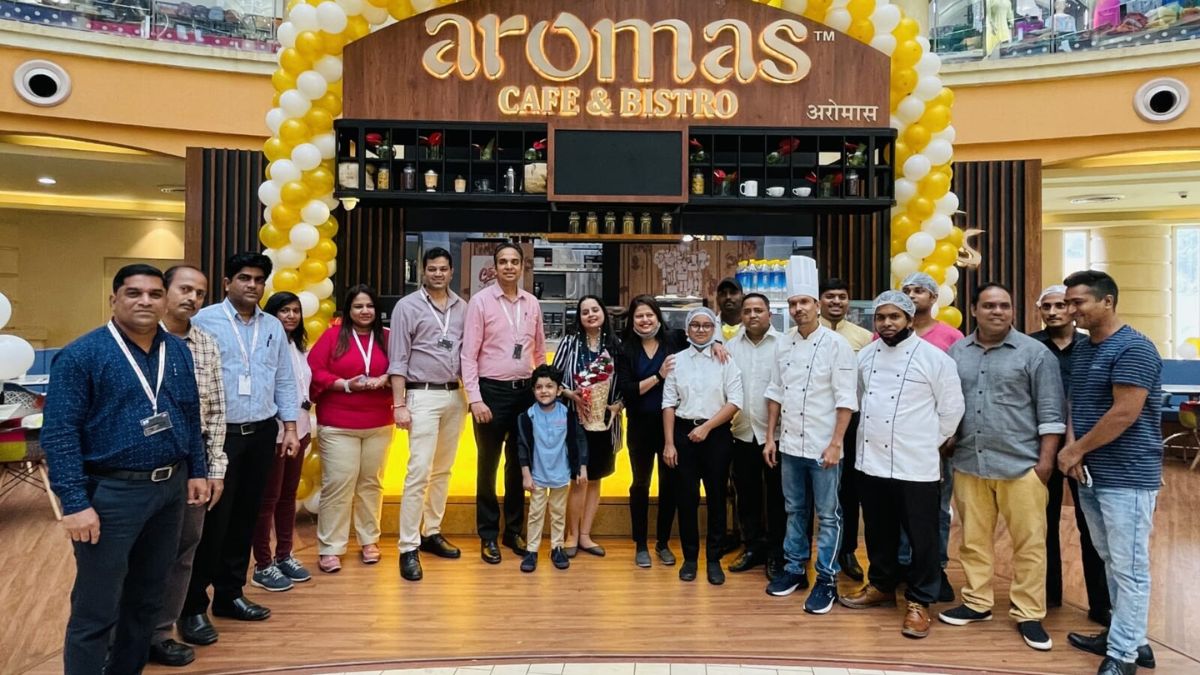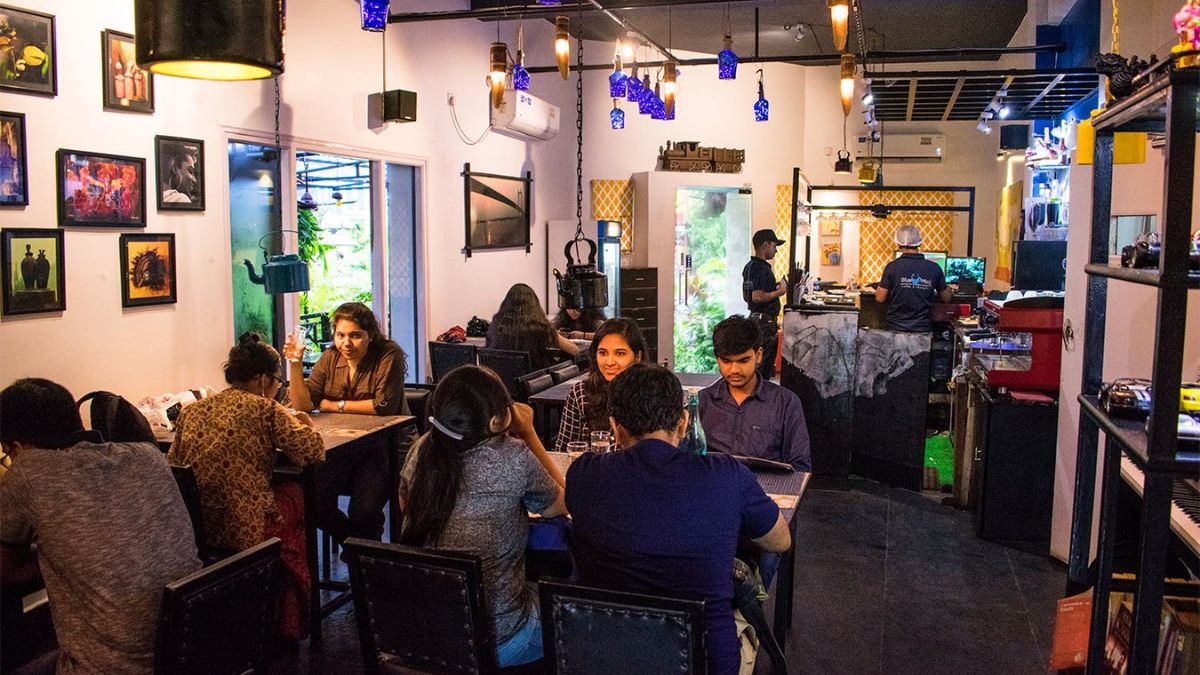Snapping a photo of your coffee and pastry has practically become a café ritual. But making that photo pop on Instagram? That’s where the fun (and skill) comes in.
Whether you’re a foodie influencer or just want to up your brunch photo game, a few simple food photography tips can turn your average café shot into something that actually stops the scroll.
Here’s how to capture your food in the best light—literally and creatively.
Light
The number one rule of food photography? Natural light is your best friend. Harsh flash will flatten your image and distort the colors.
Sit near a window or outside if possible. Indirect sunlight gives your shot a soft, flattering glow. If it’s too bright, use a napkin or menu to gently block some of the light.
No window? Use your phone’s editing tools to adjust brightness and shadows later. But the goal is to get it right from the start.
Angles
Different foods call for different angles. You don’t need a fancy camera—just a feel for the shot.
- Flat lays (taken directly above) are great for tables full of dishes
- 45-degree angles work well for lattes, layered drinks, and sandwiches
- Side shots are ideal for stacked burgers, pancakes, or cake slices
Move around your table and take a few test shots. Don’t be afraid to crouch, stand, or lean in awkwardly—your followers won’t see that part.
Background
Clutter in the background can kill a good photo. Keep things simple. Use the café table, a neutral wall, or even your lap if it has a clean fabric.
Avoid too many items in the frame. One or two props—a spoon, a book, or a flower—can add charm, but too much distracts from the food.
Consistency in backgrounds can also give your feed a cohesive look over time.
Composition
Your food photo should tell a little story. Instead of just plopping a plate in the center of the shot, try the rule of thirds—position your subject off-center to draw the eye naturally.
Create visual interest with leading lines (like cutlery or table edges), and include some texture—think a crumble on the plate or a napkin tucked under the edge.
Pro tip: Leave a little negative space. It gives your image room to breathe.
Editing
Even great photos can use a little polish. Stick to light edits that enhance rather than overdo.
Use apps like Lightroom, VSCO, or even your phone’s built-in editor. Adjust:
- Brightness
- Contrast
- Warmth
- Sharpness
- Highlights and shadows
Avoid heavy filters—especially ones that mess with food colors. A blueberry muffin shouldn’t look neon.
Details
The small stuff often steals the spotlight. Capture the steam coming off a latte, the crack in a macaron, or the swirl in a cappuccino foam.
Zoom in (without losing clarity) or use portrait mode to make one part of your photo really stand out.
And don’t forget the human touch. A hand reaching for a cookie or pouring milk into coffee adds life to your image and makes it feel more real.
Timing
Some foods photograph better fresh. That melting scoop of ice cream or gooey yolk waits for no one. Be ready to shoot before you dig in.
If you’re taking photos at a busy café, shoot quickly and politely—don’t hold up the table or let your food get cold.
Table
Need help choosing a café table that photographs well? Light wood, marble, or black tabletops are usually safest. Glossy tables can reflect too much light or show smudges.
If the lighting isn’t great, use a simple background like your napkin, placemat, or even your menu as a base.
Here’s a quick cheat sheet for your next café shot:
| Photo Element | Quick Tip |
|---|---|
| Lighting | Use soft, natural light near a window |
| Angle | Flat lay or 45° for most foods |
| Background | Keep it clean and simple |
| Editing | Light adjustments, avoid heavy filters |
| Composition | Use rule of thirds and leading lines |
The best food photos make people feel like they’re right there with you—smelling the toast, hearing the coffee pour, craving that croissant. So go ahead, snap the shot. With these tips, your next café photo might just be your best yet.
FAQs
What’s the best lighting for food photos?
Natural light near a window gives the best results.
Which angle works best for coffee?
A 45° angle captures latte art and mug shape well.
Should I use filters on food photos?
Use light edits, avoid filters that distort colors.
What’s a good background for café shots?
Keep it clean—tables, napkins, or minimal props.
What app should I use to edit?
Try Lightroom, VSCO, or your phone’s photo editor.

